Affiliate links on Android Authority may earn us a commission. Learn more.
Android and iOS are more similar than ever, and that's a good thing

Each spring, Google and Apple show off new features that are headed to Android and iOS, respectively. This year, Google announced Android Q at Google I/O and Apple announced iOS 13 at WWDC. People who own an iPhone, Apple Watch, iPad, or Apple TV have a lot to look forward to when the revised platforms arrive later this fall.
Android fans may have spotted a few familiar features in iOS 13 or watchOS 6. While it may be fun to poke at both companies’ lack of originality behind some of the new ideas, it’s important to remember that the bigger picture is what matters.
Apple sign-in challenges Google and Facebook
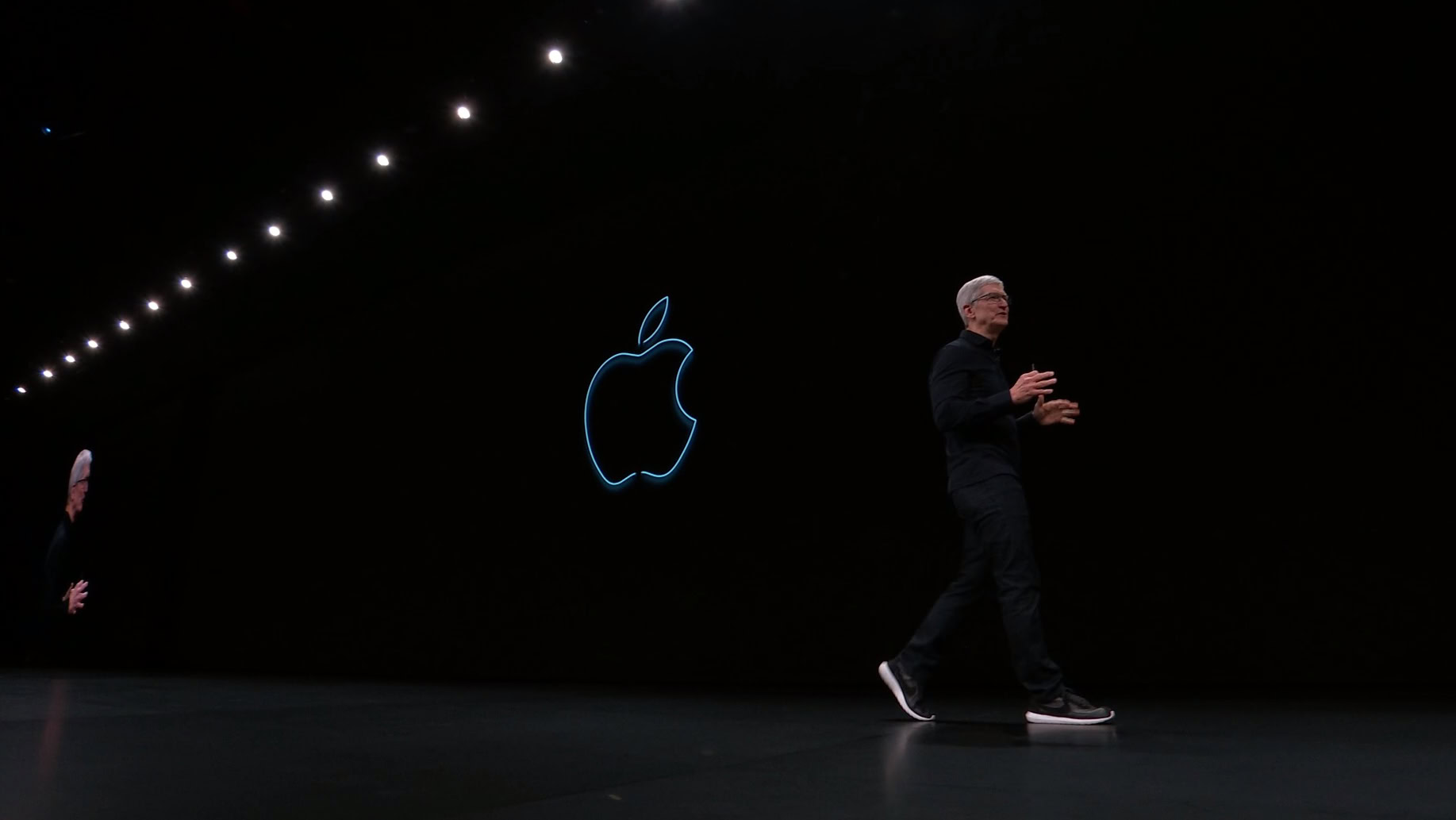
Often the worst part of downloading and installing a new app or game is creating a unique username and password. Google and Facebook solved this pain point to some degree via Google and Facebook authentication. In short, these tools allow people to use their existing Google or Facebook account to create a new app profile. Consumers get quick and painless app logins, and the app writer gets a richer set of user data.
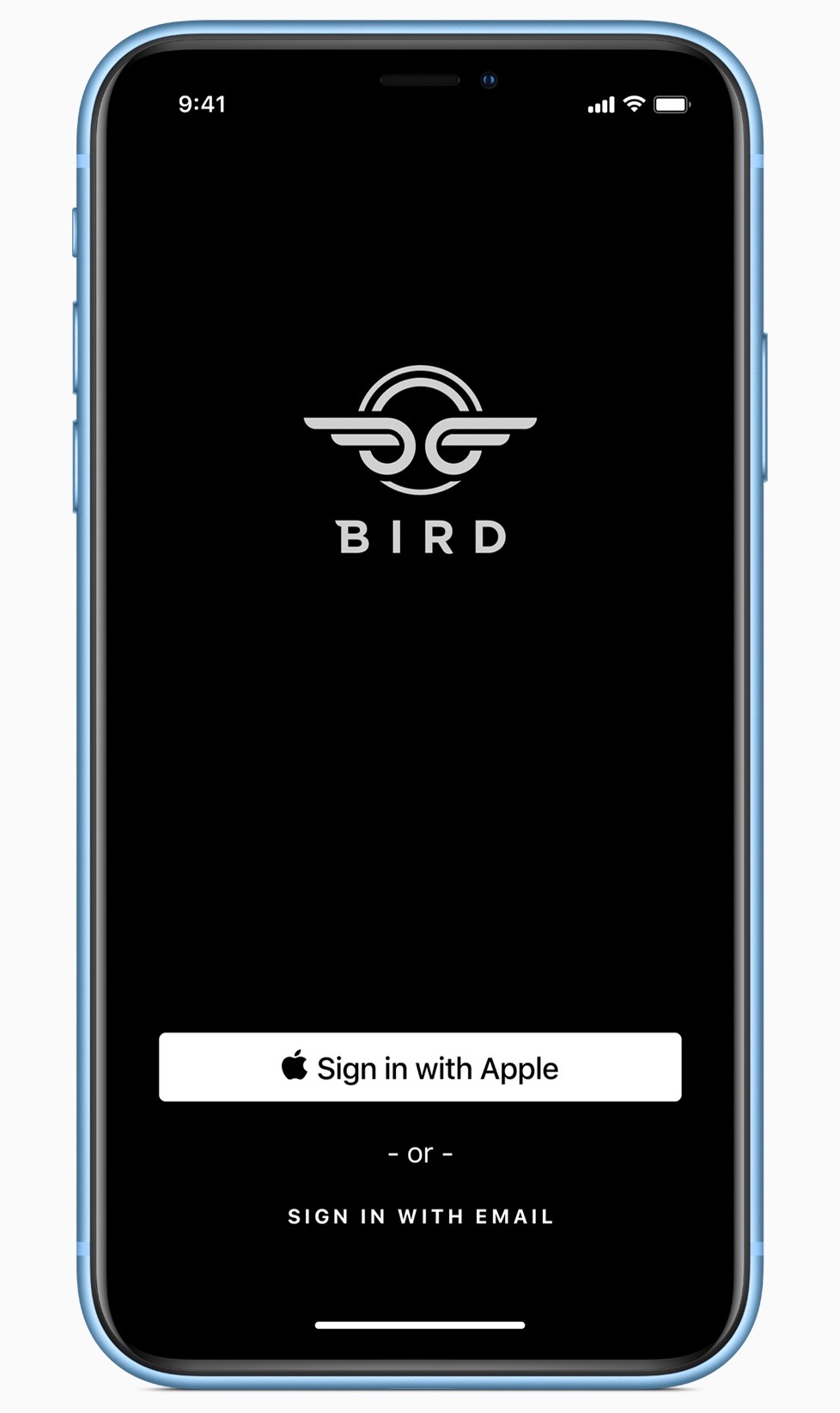
Apple today announced Apple Sign In, a new option for consumers. Apple’s pitch is, unsurprisingly, privacy. Apple’s sign-in tool gives people control over how much information is shared with the developer, such as phone number, physical location, and email address. What’s interesting about Apple’s implementation is that it will mask the user’s email address and other personal info if they so wish. Apps will still be able to contact those users, but only via randomized email addresses. This will prevent the apps from sharing customer details with others.
It will be up to individual app developers to adopt this feature, of course, and there’s no guarantee they will (Apple could mandate the feature, but hasn’t yet said if it will). Even so, Google and Facebook might want to reconsider their sign-in offerings if they don’t want Apple to own the privacy story.
Dark mode all the things
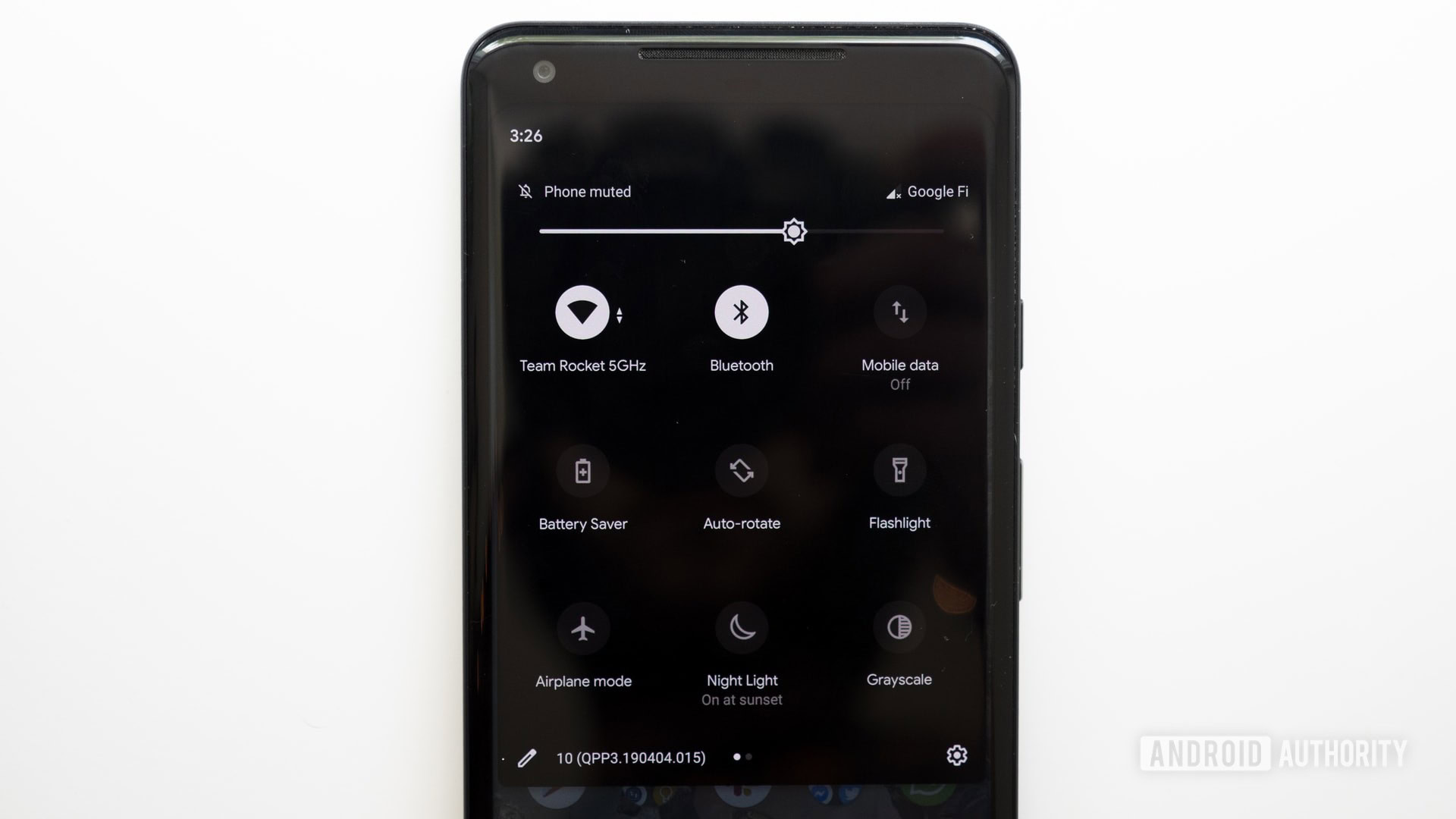
Google showed off system-wide Dark Mode at I/O just last month, and today was Apple’s turn to adopt the latest craze in UI themes. For Android devices, Dark Mode — which forces screens that would normally be white or light-colored to adopt a black background — isn’t 100 percent ready for primetime. The appeal here is that Dark Mode might be easier on the eyes for some users. More importantly, Dark Mode may also help save battery life on phones with certain types of screens.

Apple brought Dark Mode to its Mac computers last year and its implementation for the iPhone and iPad looks more or less the same. Right now, we know that it can be set to turn on automatically at sunset and off at sunrise, or at predetermined times controlled by the user. It’s not clear now effective Dark Mode will be in iOS, nor exactly how well it will compare to Dark Mode in Android Q.
Picture in picture
The revised Apple Photos app produced the most ohs and ahs early-on from WWDC attendees. Apple’s Photos product team has clearly spent some time with Google Photos. The most important addition to Photos is machine learning. This opens up many of the new features contained in the app itself, such as the ability to automatically select the best photo from a group, or generate memories based on photos taken at the same time or in the same location.
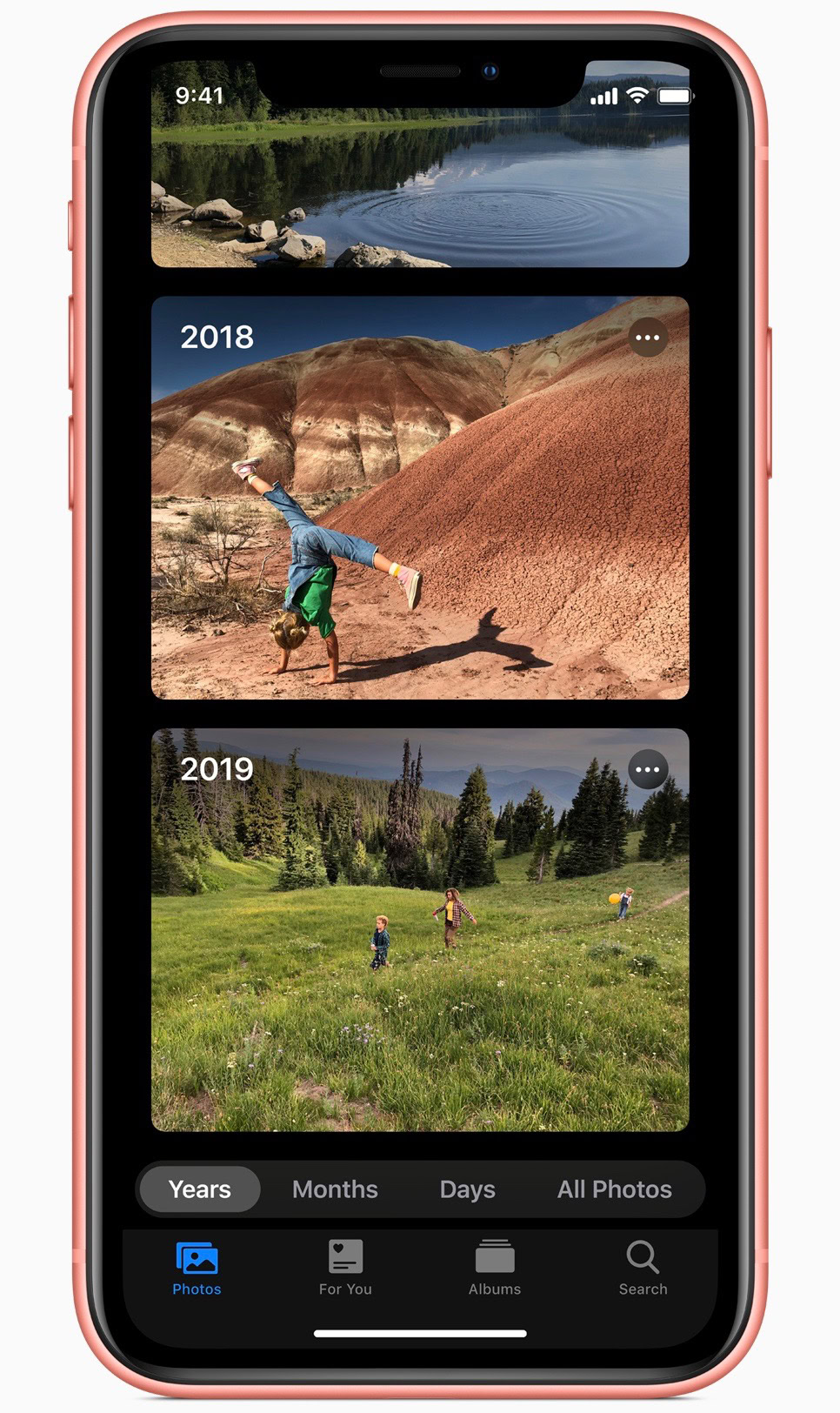
iPhone owners will have better photo-editing tools, too, to make their pix stand out. Mirroring some of the functions in Google Photos, iOS 13 will allow for light source tweaking, instant enhancements, and more. One feature Apple Photos will have that Google Photos doesn’t? The ability to rotate video footage. Get on that, Google.
Finding a voice
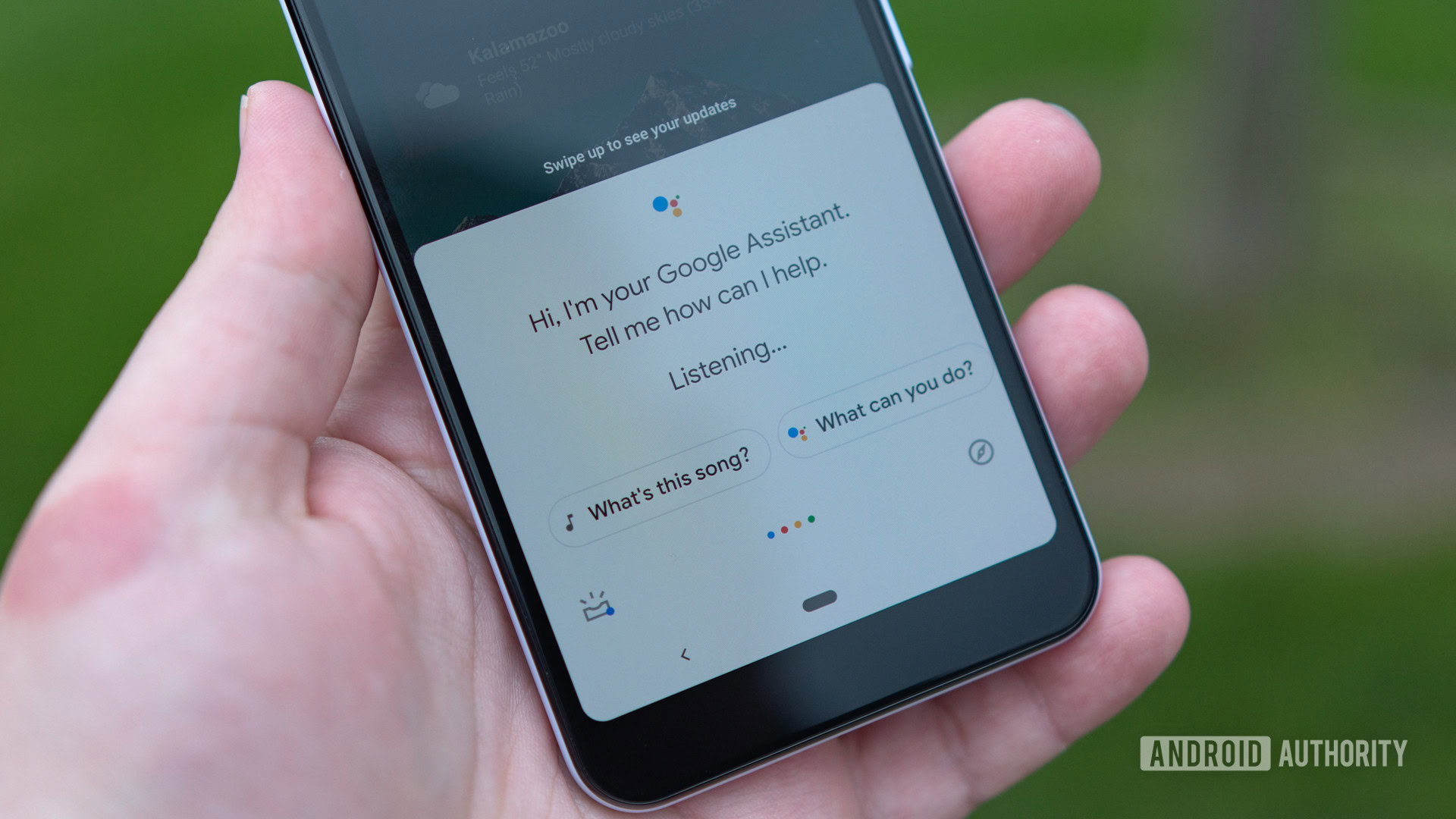
Apple’s Siri was one of the first voice-activated assistants, and is still likely the most recognized. Siri’s voice was voiced by an actual actor. It was stultifying at first, but later smoothed over a bit. Apple has taken Siri even further in iOS 13 to ensure the voice assistant has a more natural rhythm when speaking — by getting rid of the voice actor. Moving forward, Siri will be entirely generated by software. Apple said it accomplished these improvements with a new neural text-to-speech engine. The results, as heard on stage, show a clearly more human-sounding assistant than the actual human-voiced version.
Google Assistant adopted this strategy in 2018 and Google refined it further this year. Google Assistant is now available in six different voices (not including John Legend).
A streetcar named copycat
Google introduced Street View to Google Maps in 2007 and even included Street View as one of the earliest apps on the very first Android phone back in 2008. Apple is bringing its own version of Street View to iOS 13 in 2019 because why not.
Street View in Apple Maps will allow navigators to enjoy 360-degree views of select cities and even zoom down streets to move between addresses. Apple did not say how pervasive the feature might be when it finally gets off the ground. Google Maps Street View is literally everywhere, including the Grand Canyon. Apple has some catching up to do.
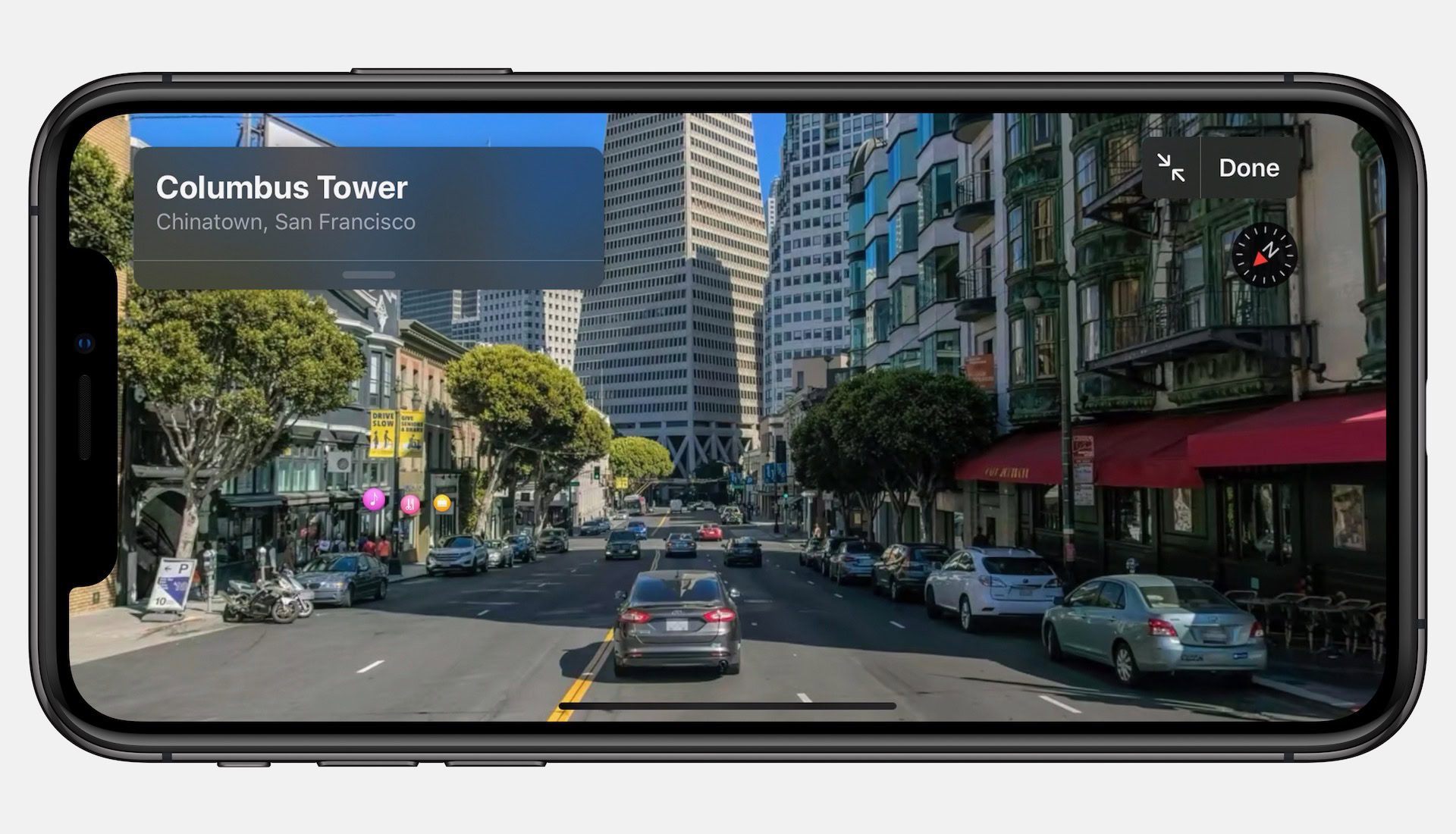
Flick of the wrist
People who own a watch powered by Wear OS know that they can browse for and download apps right from their wrist. With watchOS 6, Apple Watch owners will be able to do the same starting later this year.
It appears as though watchOS 6 is looking to break at least some of the chains that bind the wearable to iPhones. Apple Watch owners will be able to check ambient noise levels, use a calculator, track female health cycles, and display new watch faces. Developers still don’t appear to have much control over creating their own watch faces.
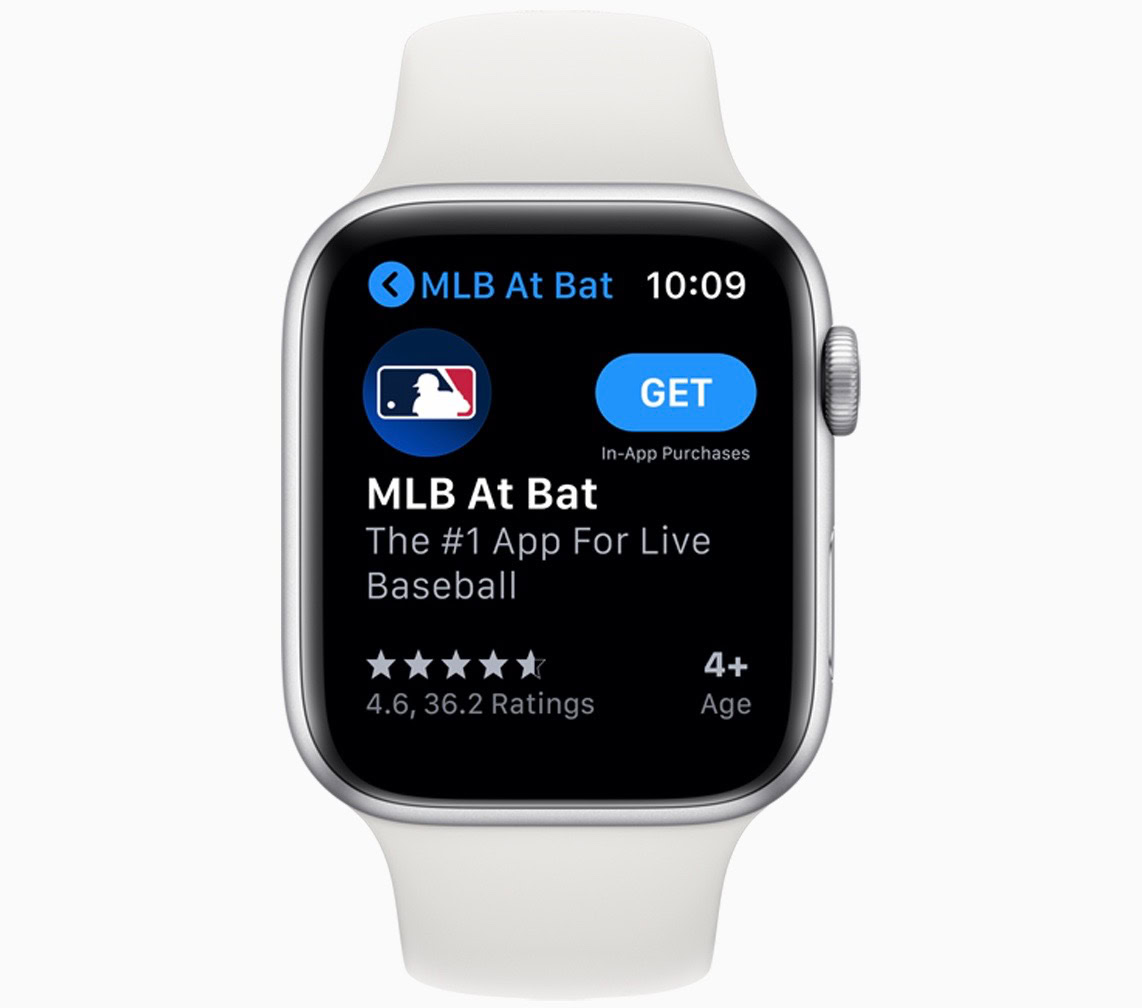
There’s no doubt Apple leads with watchOS 6 and the Apple Watch. This is one place where Google needs to step up its game.
Everyone wins
At the end of the day, it’s good for competition and good for consumers when companies are inspired by one another. For example, Apple was first to market with a voice assistant, but Google came around and did it much better. The cycle of give and take between Apple, Google, and others strengthens the entire ecosystem and is something for which we would be all be thankful.